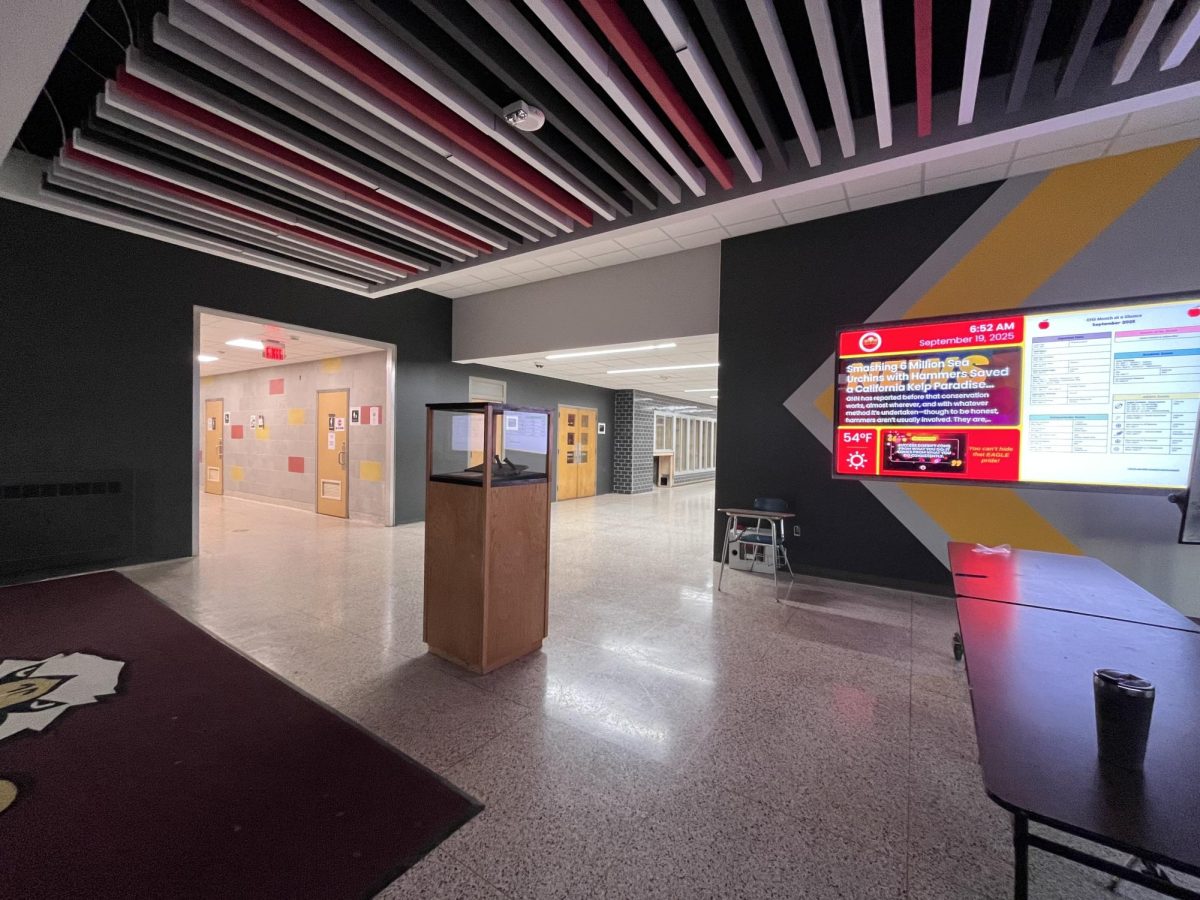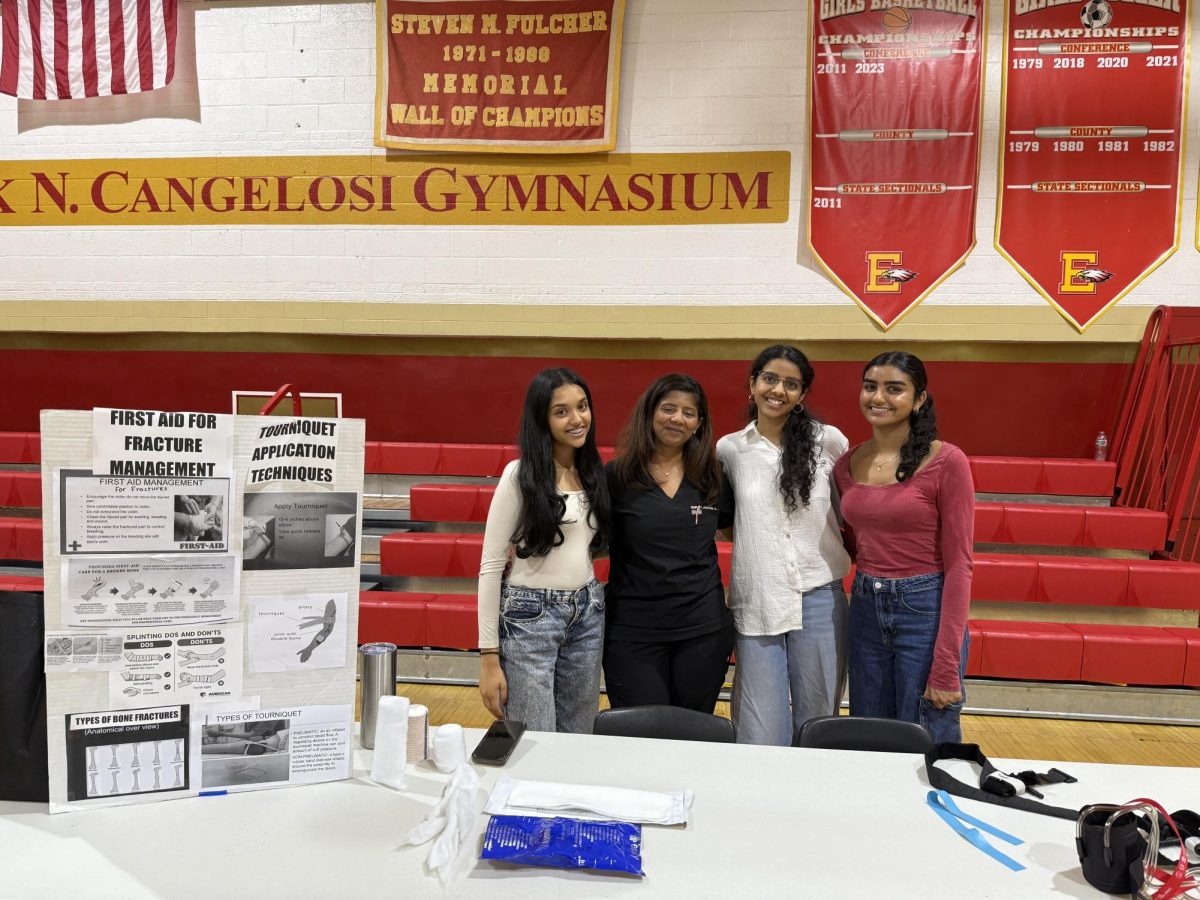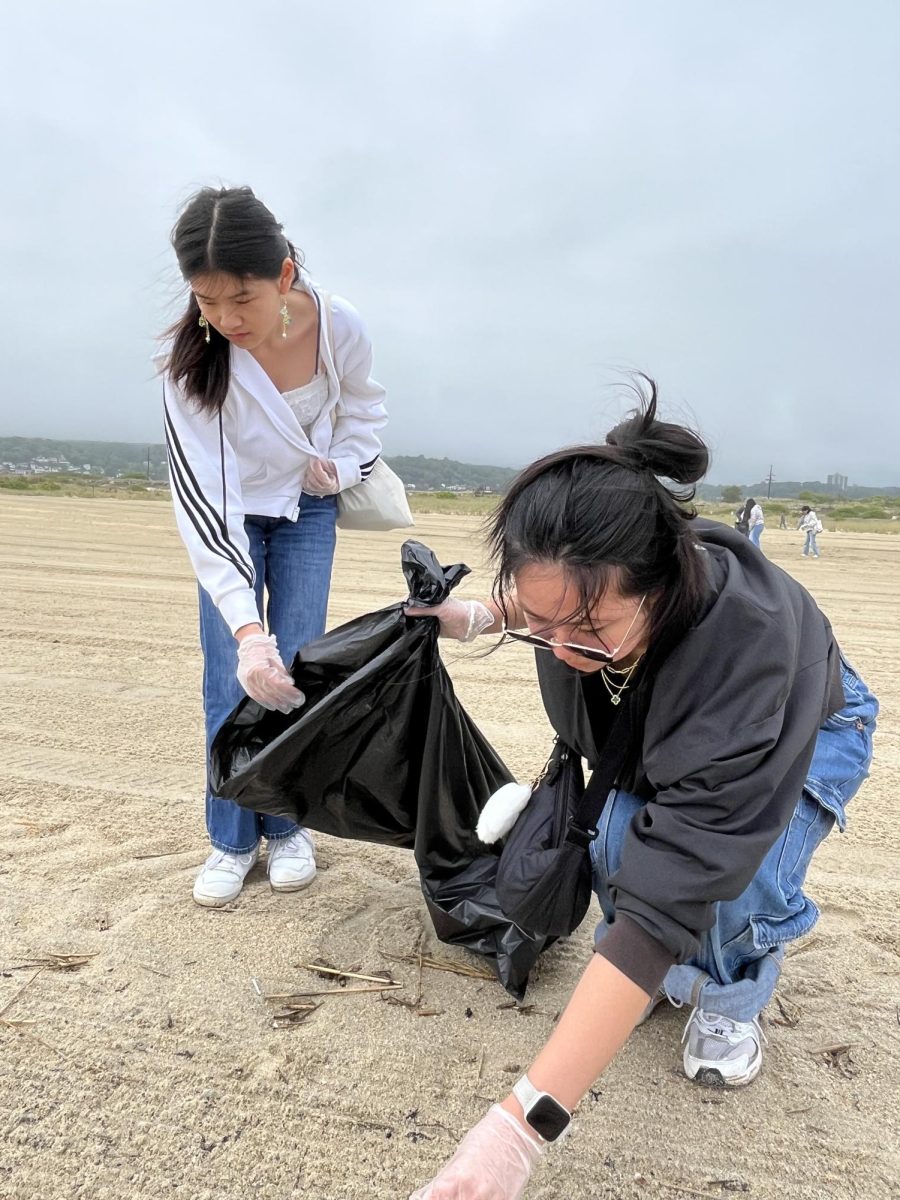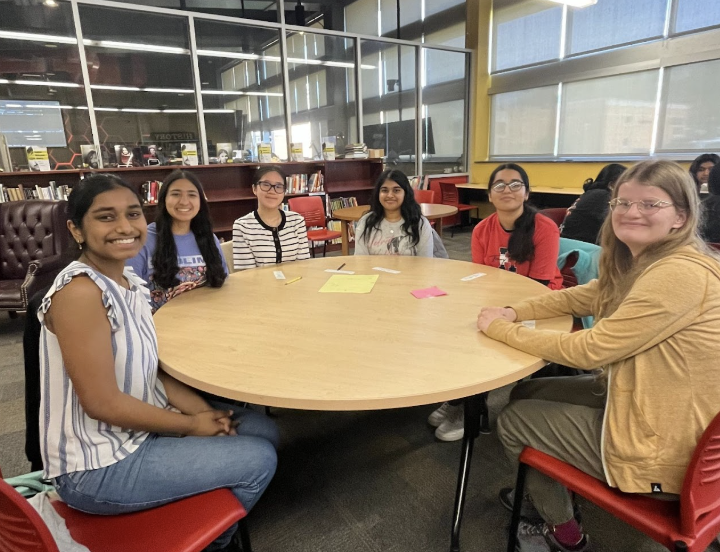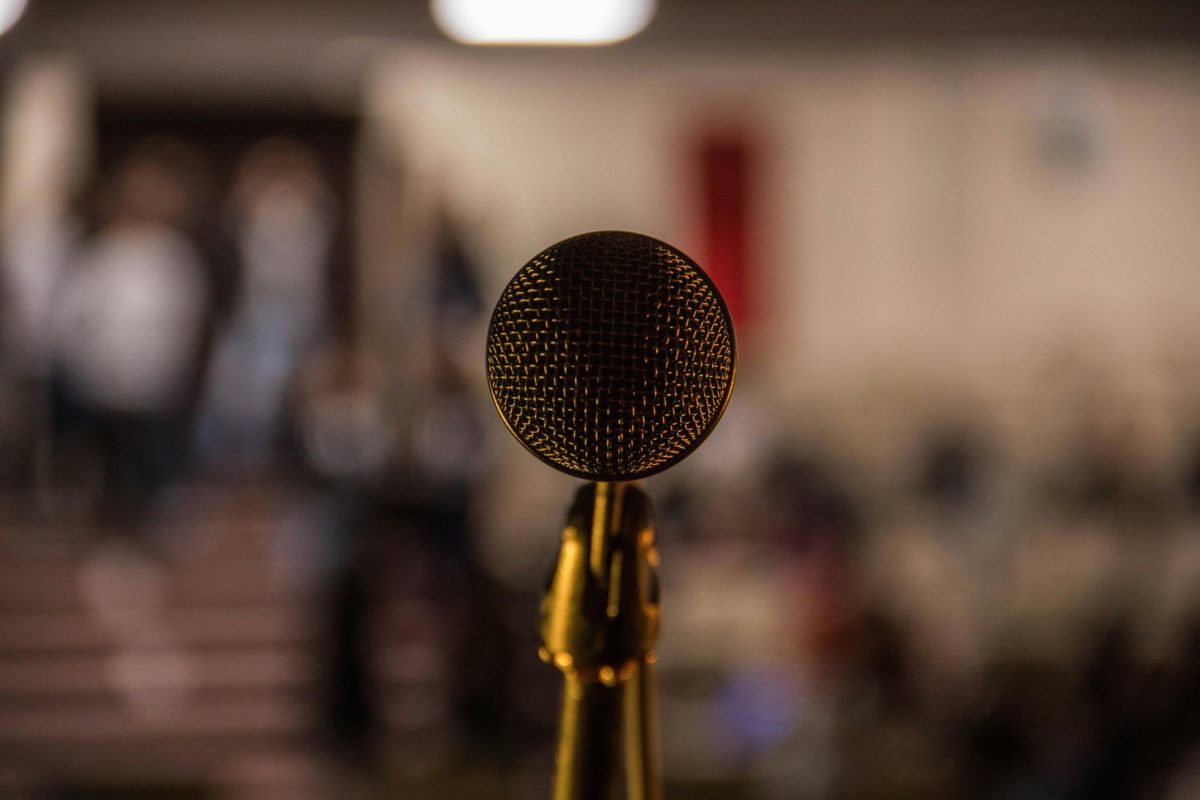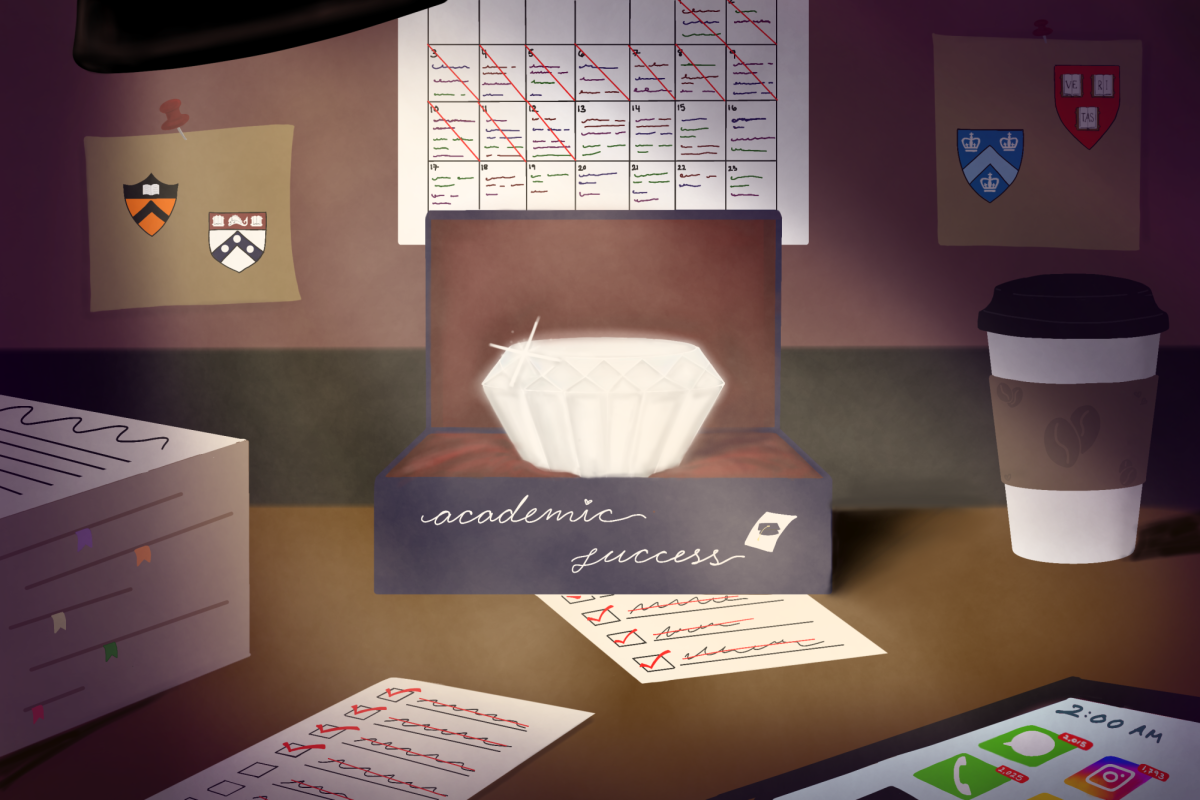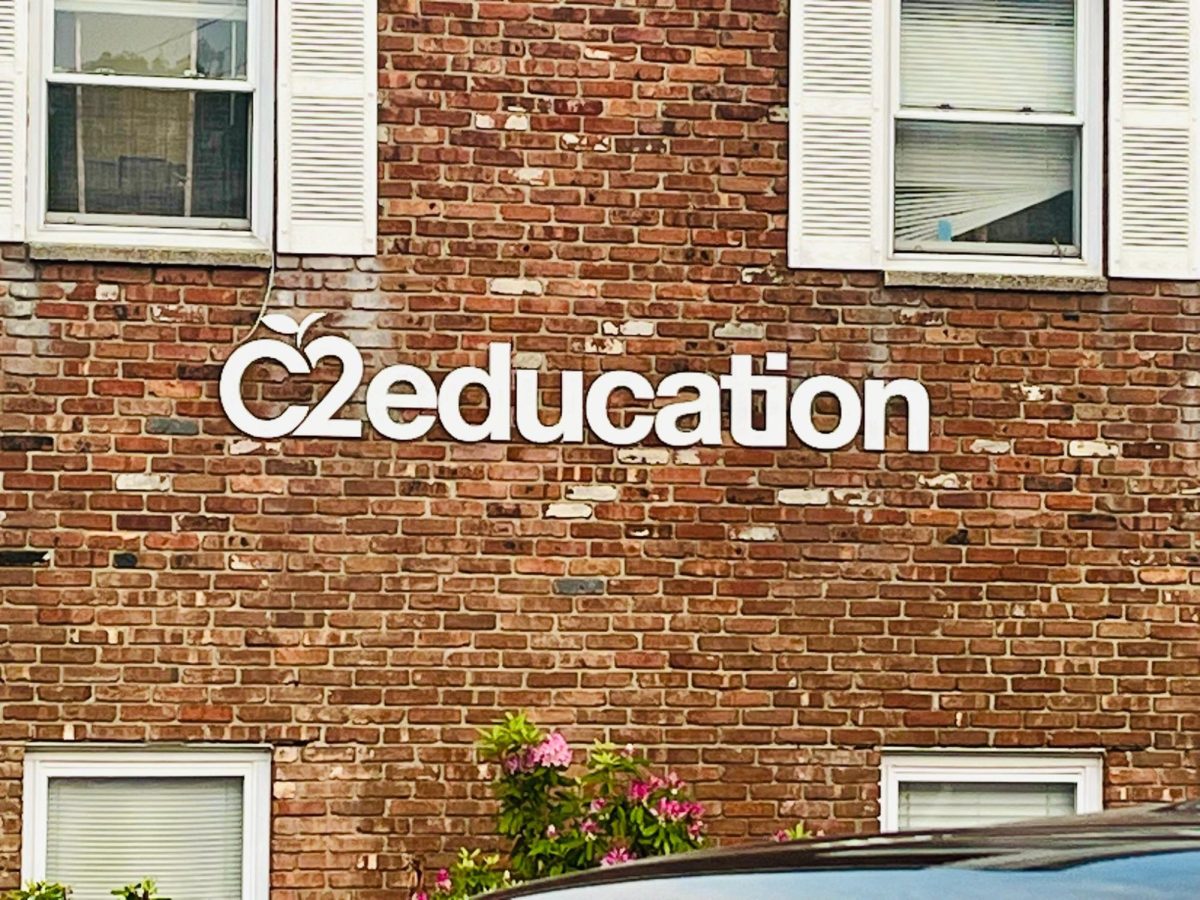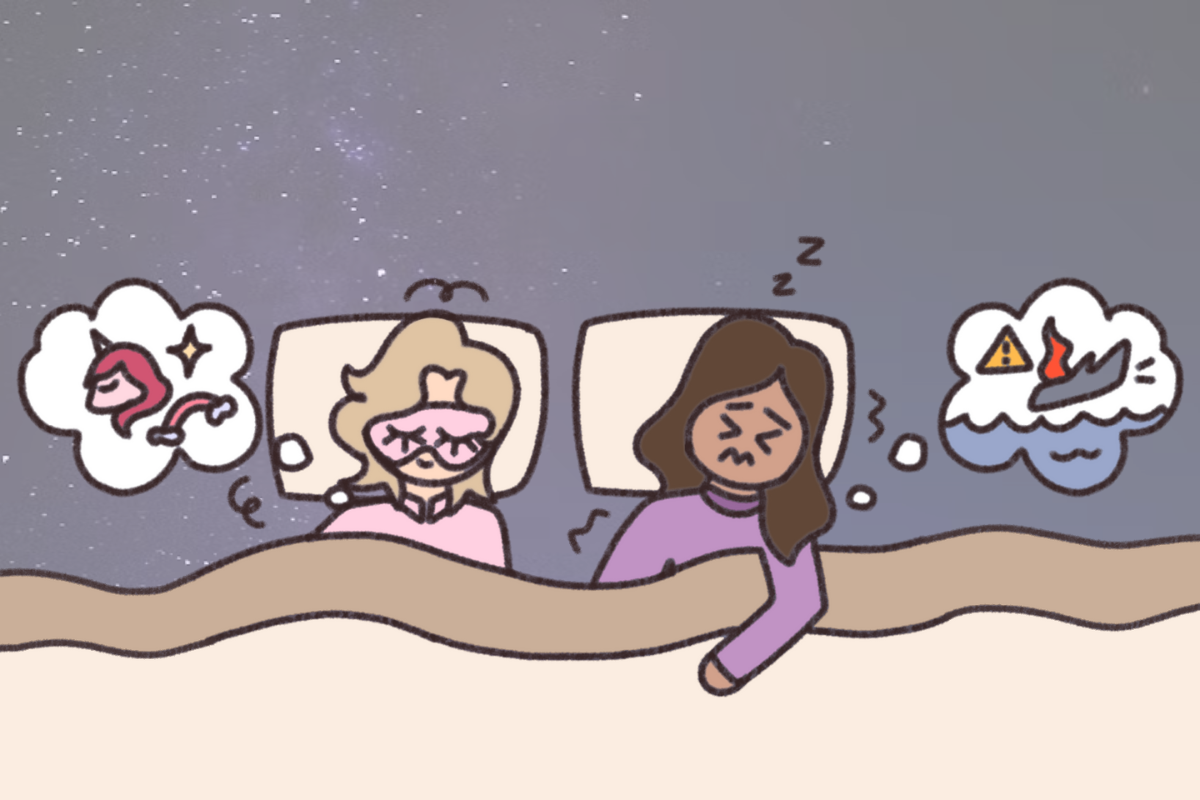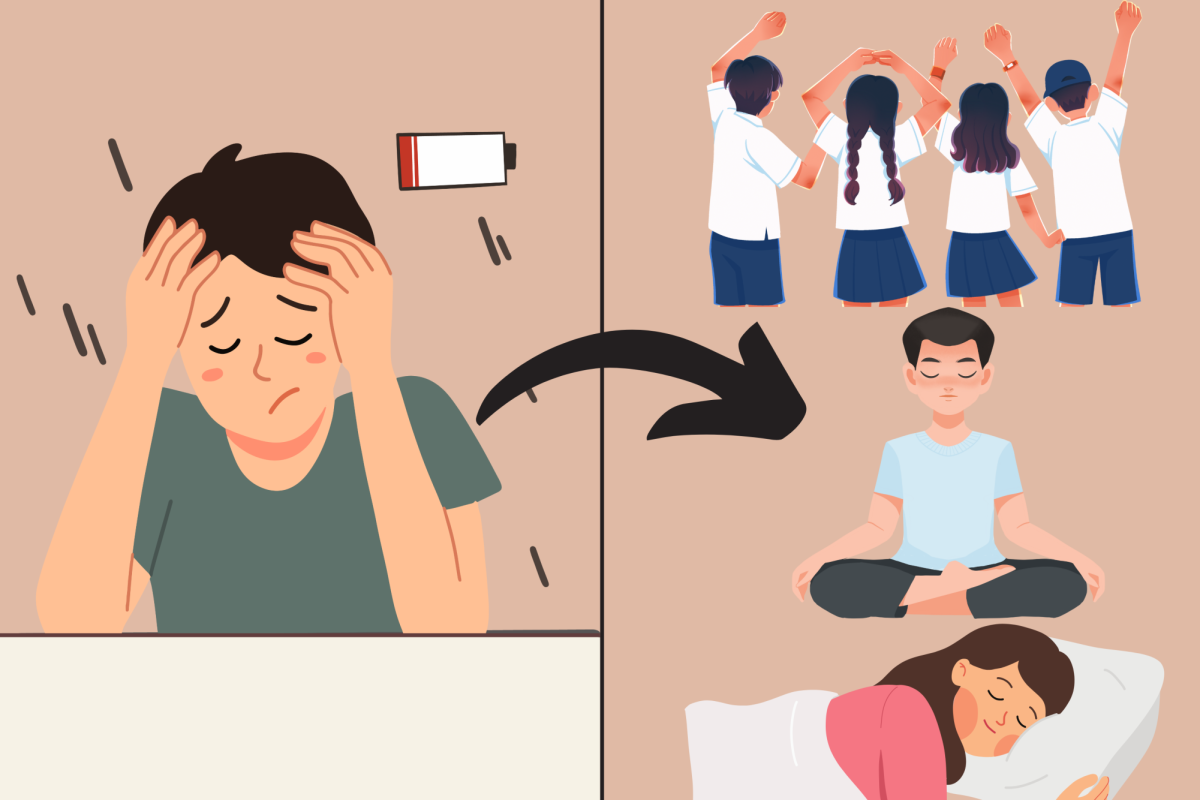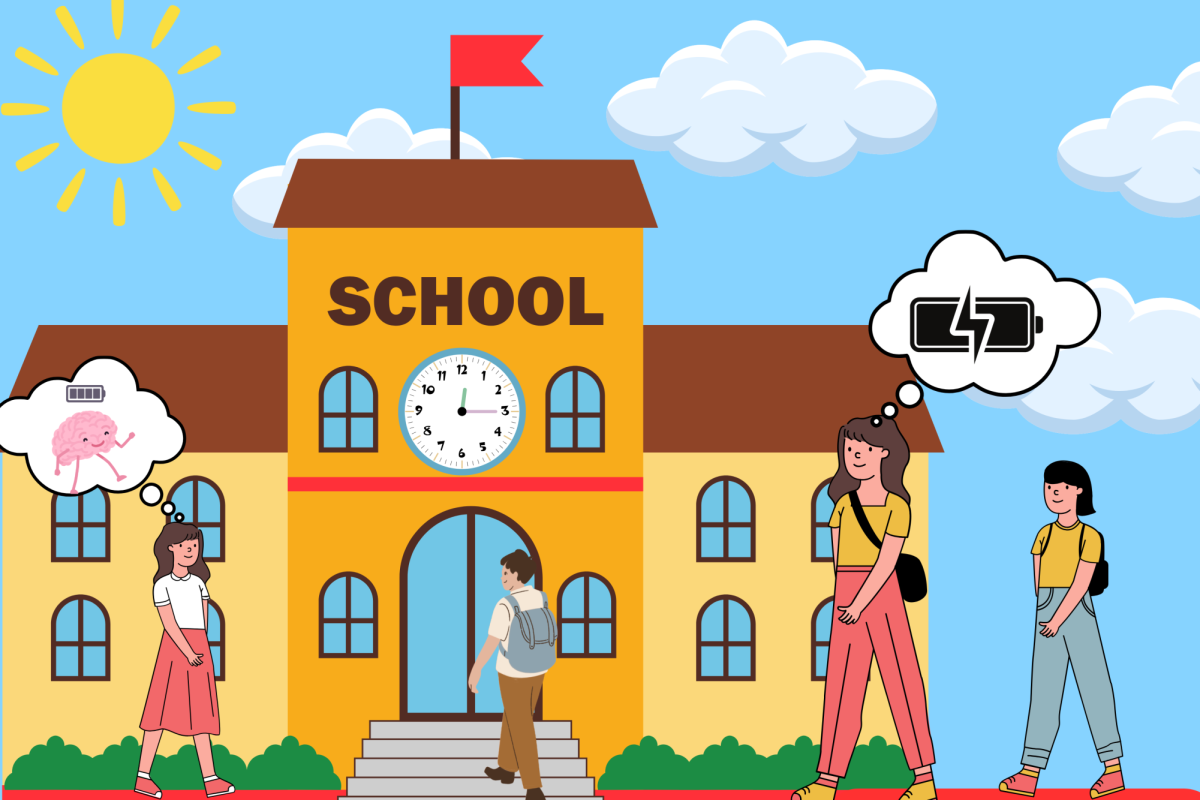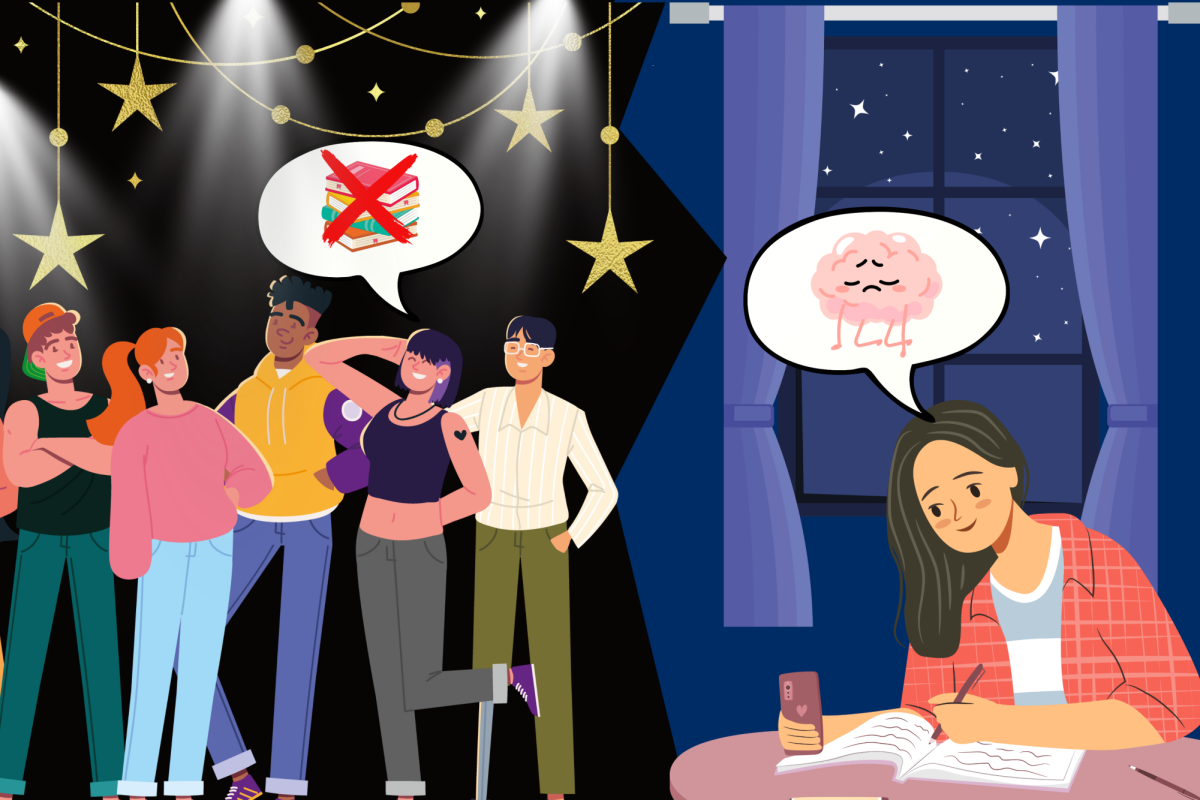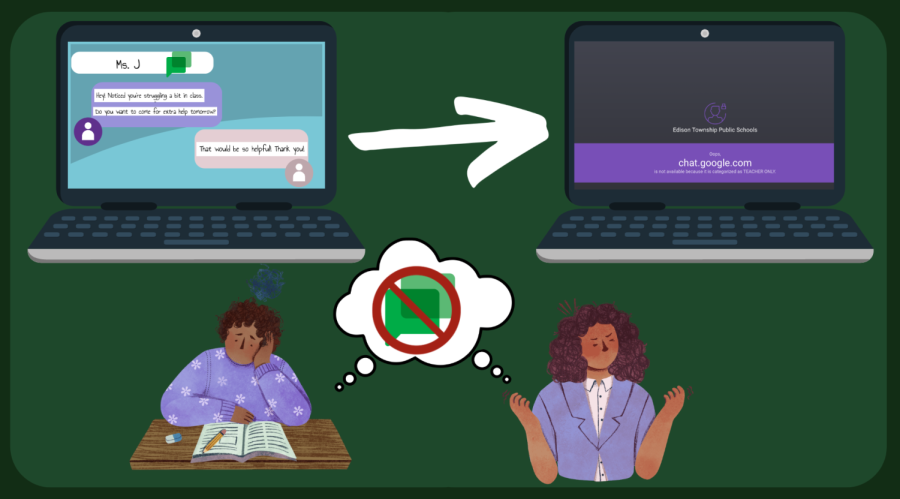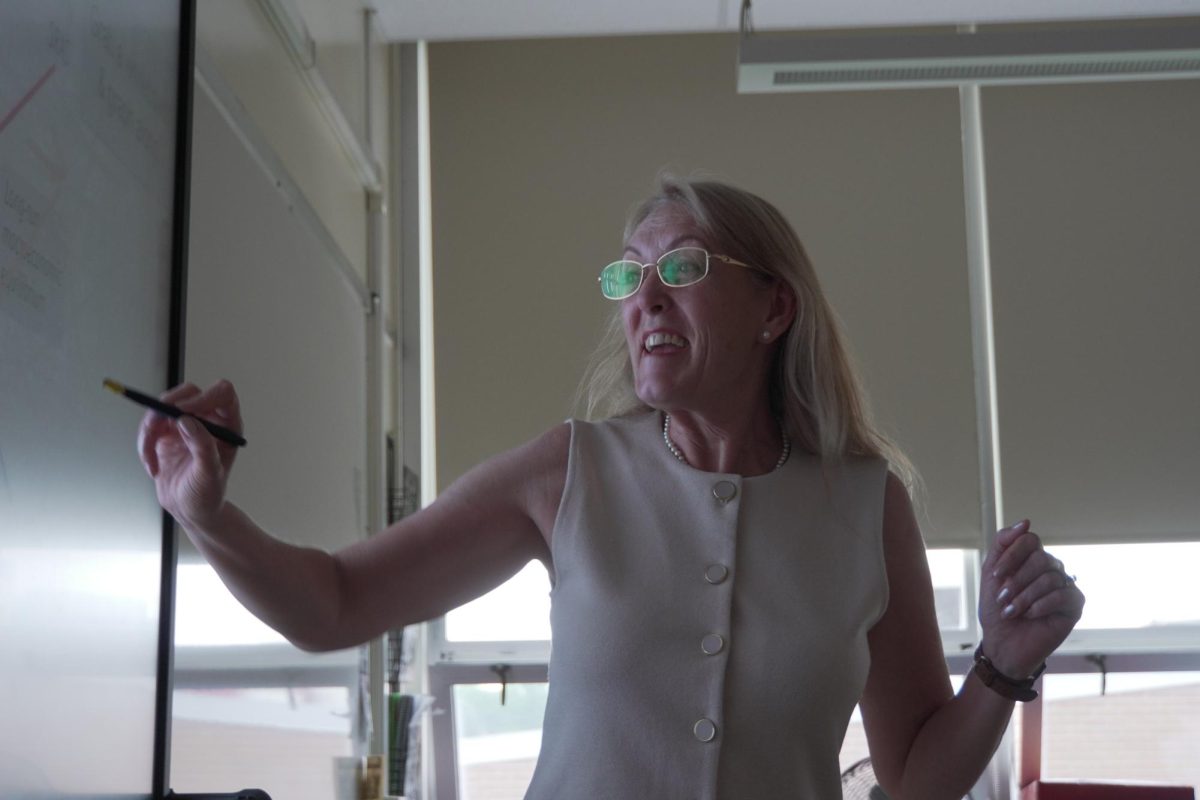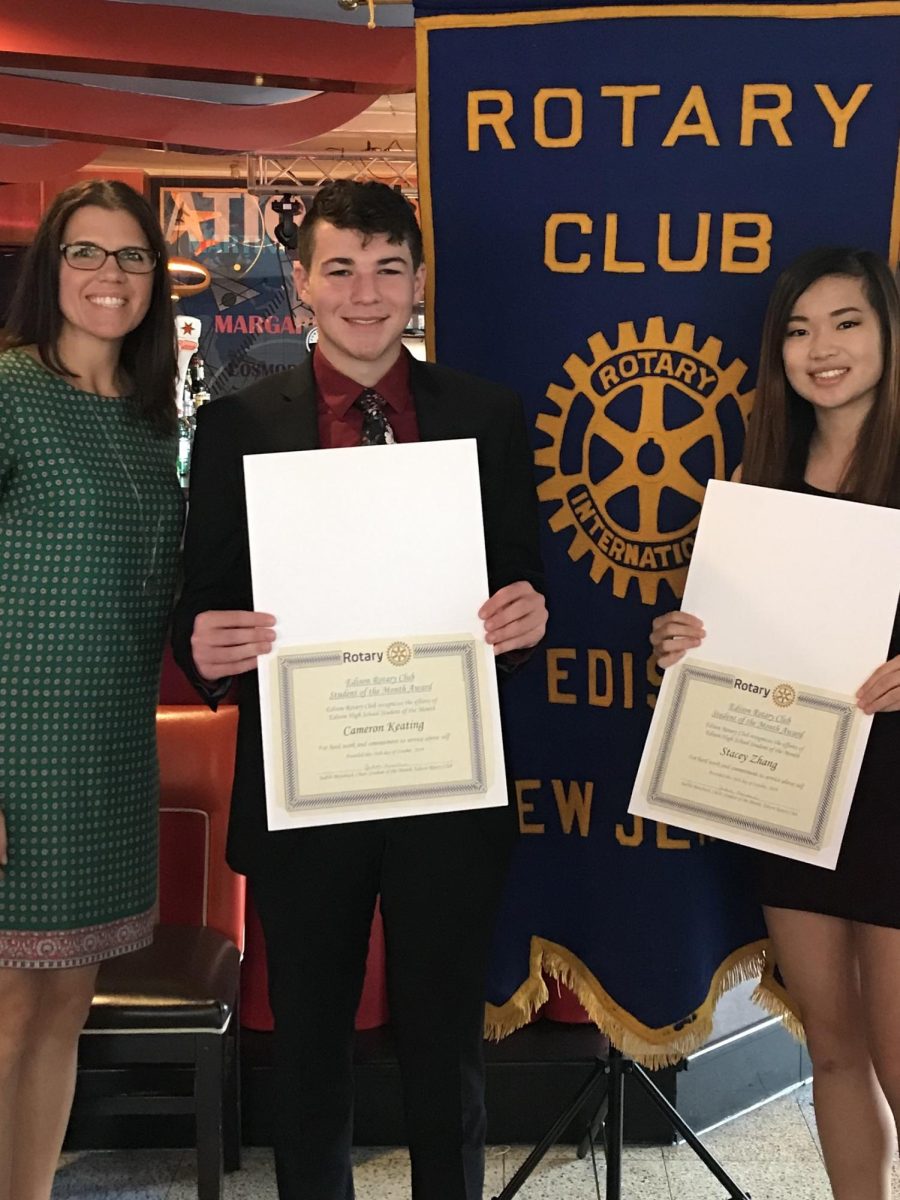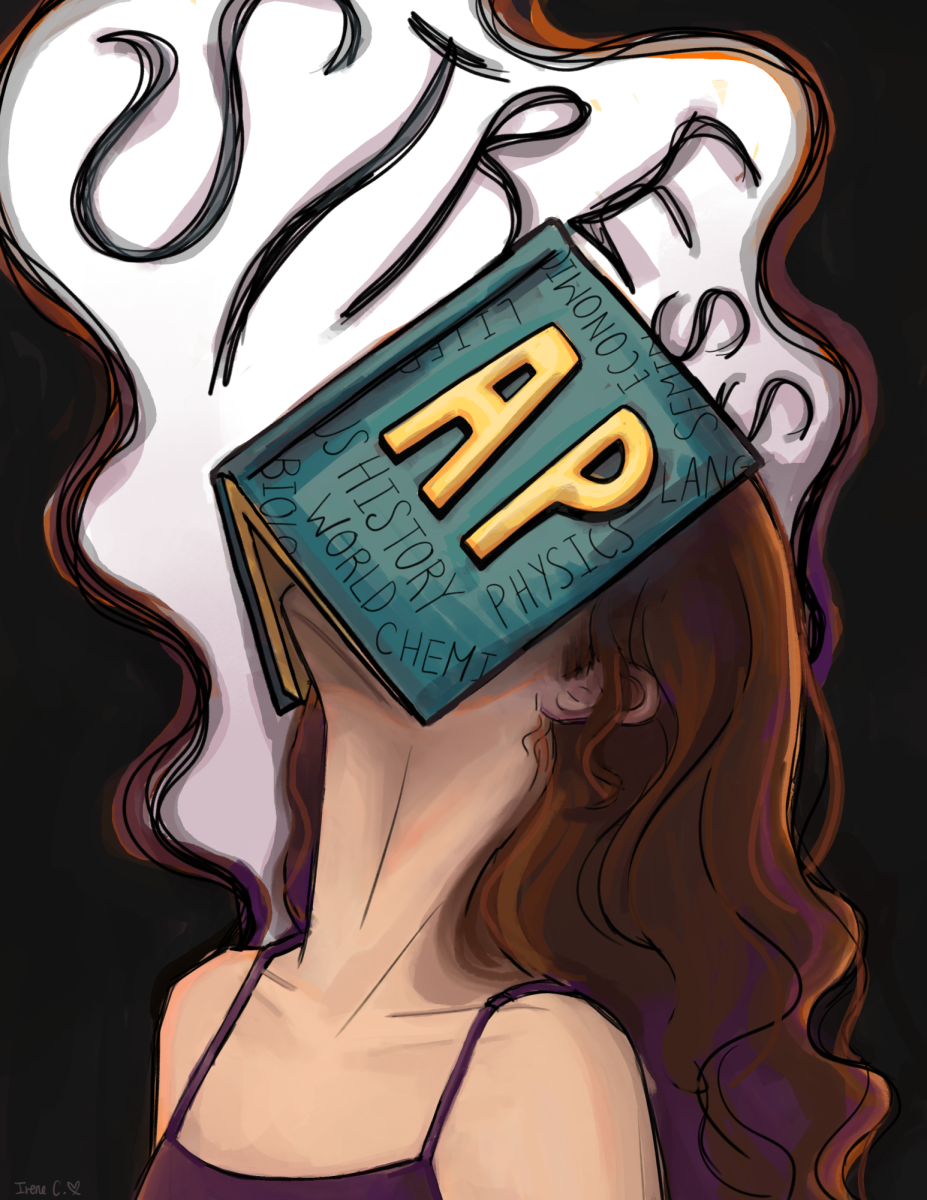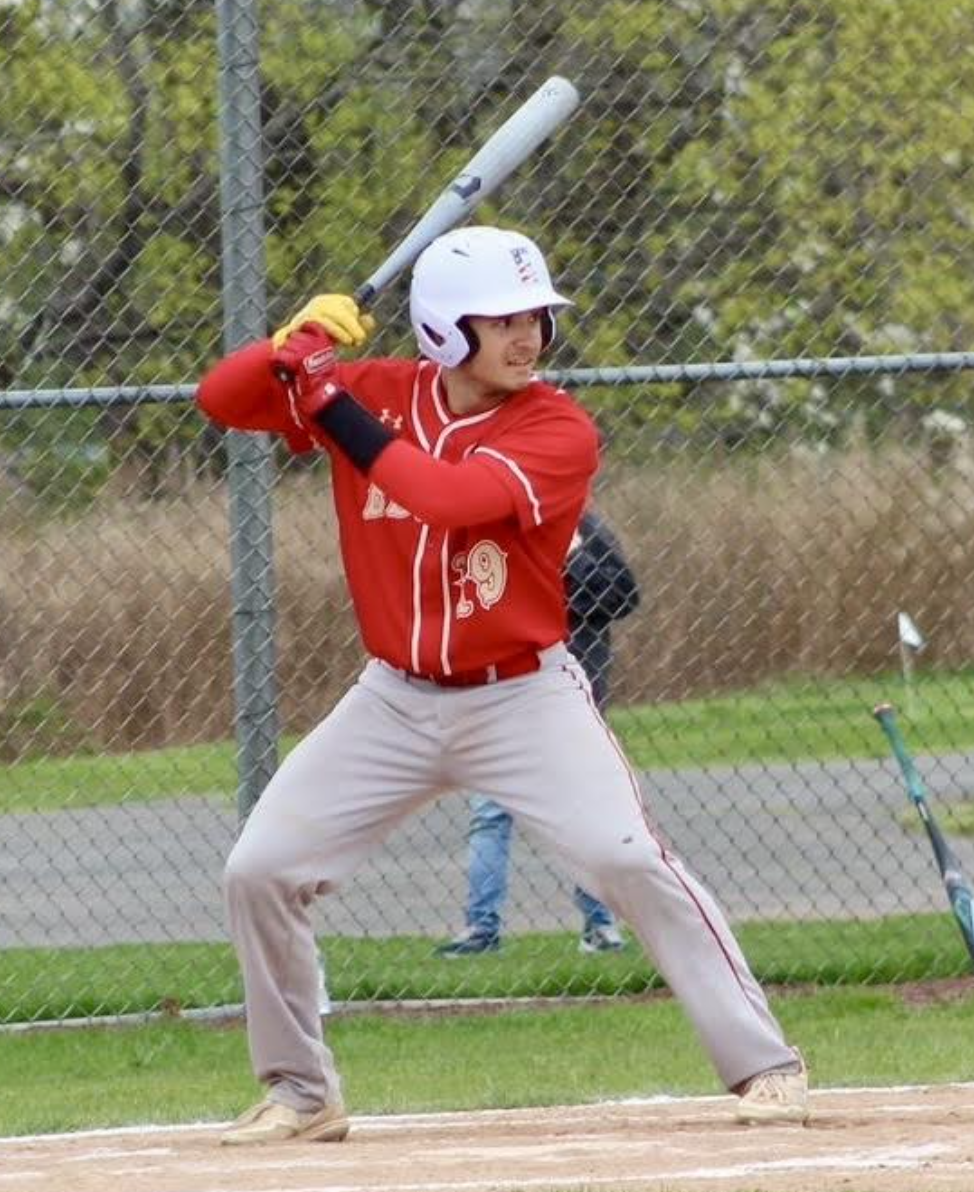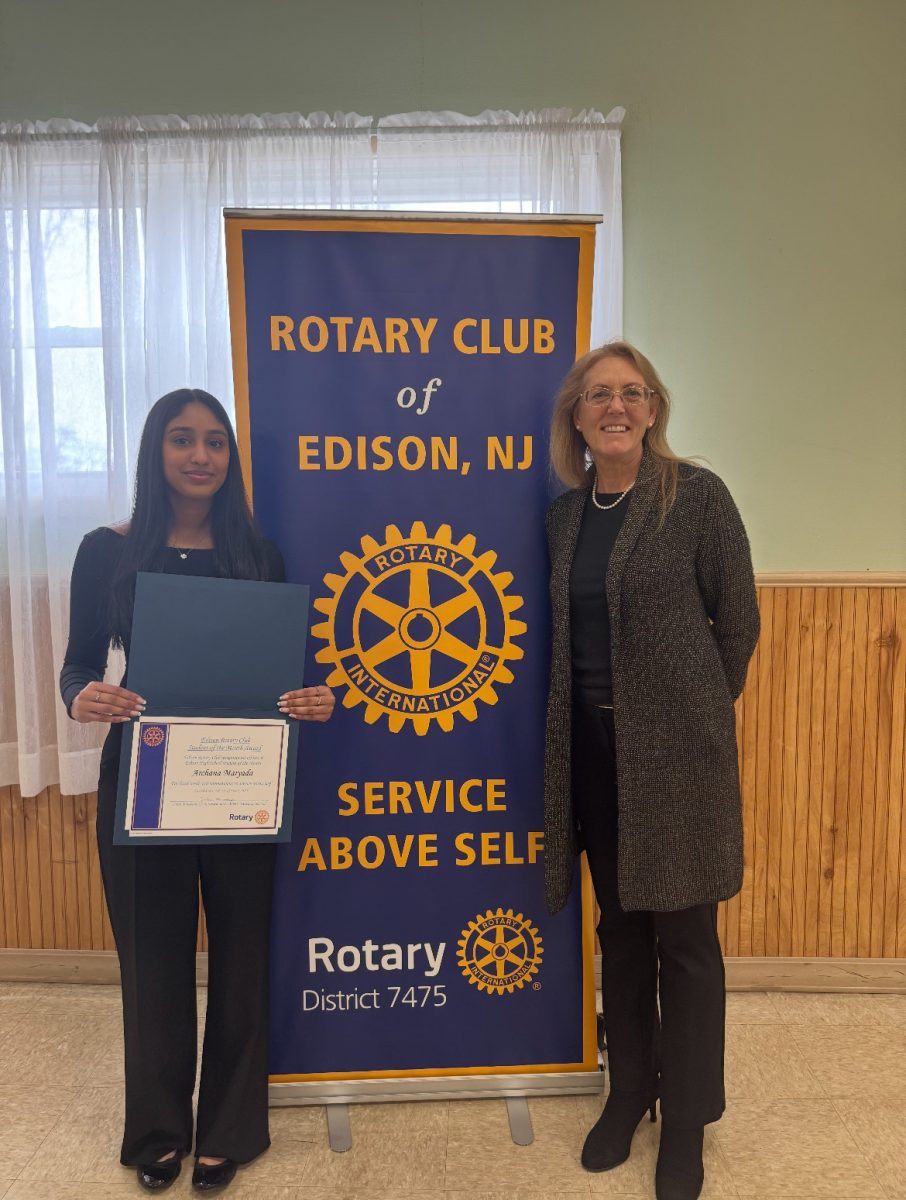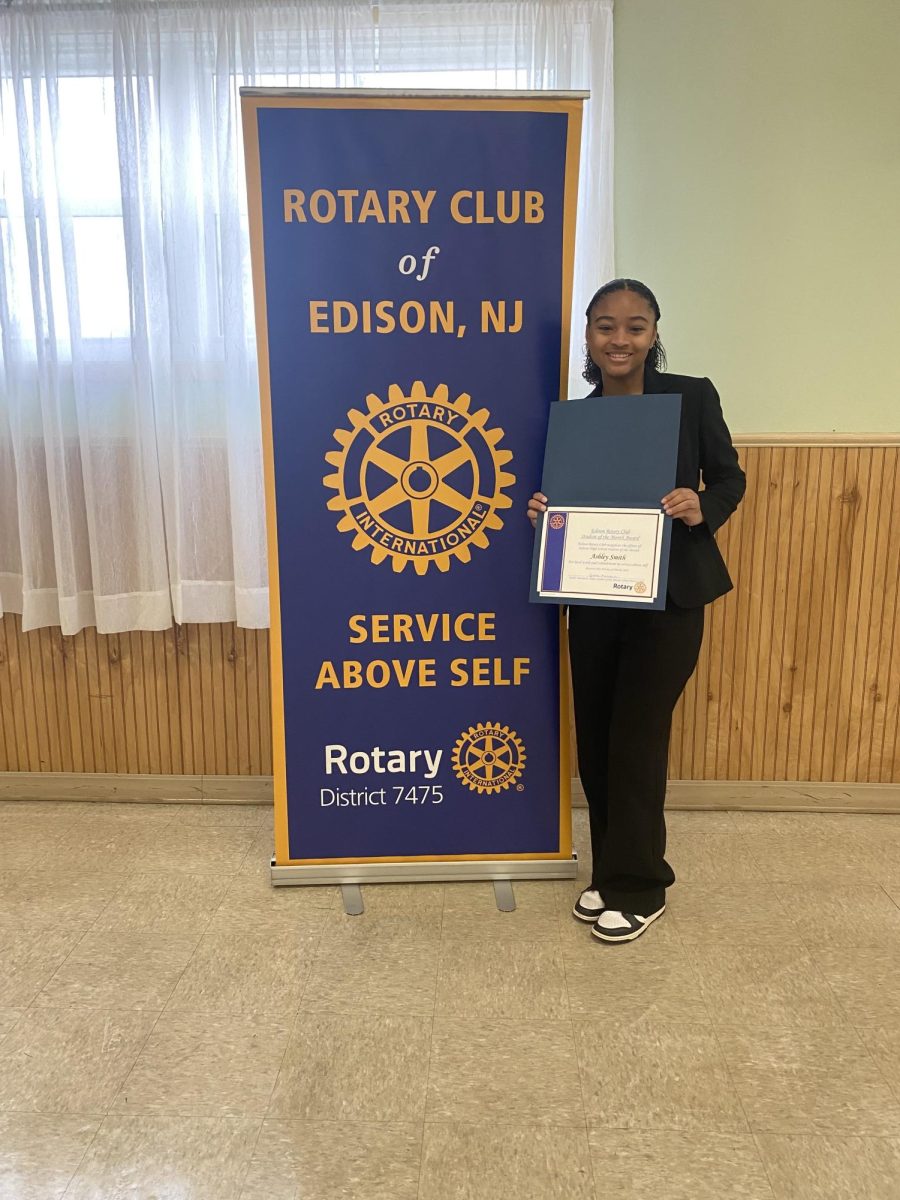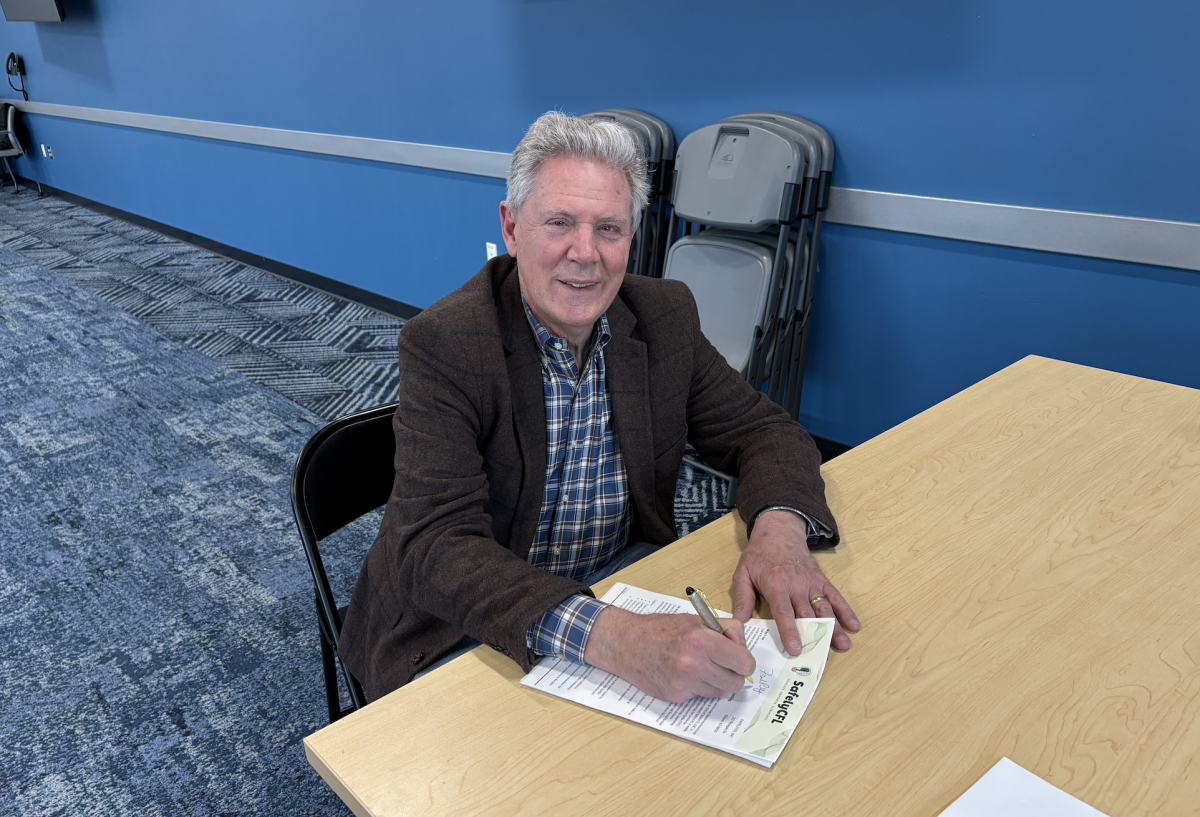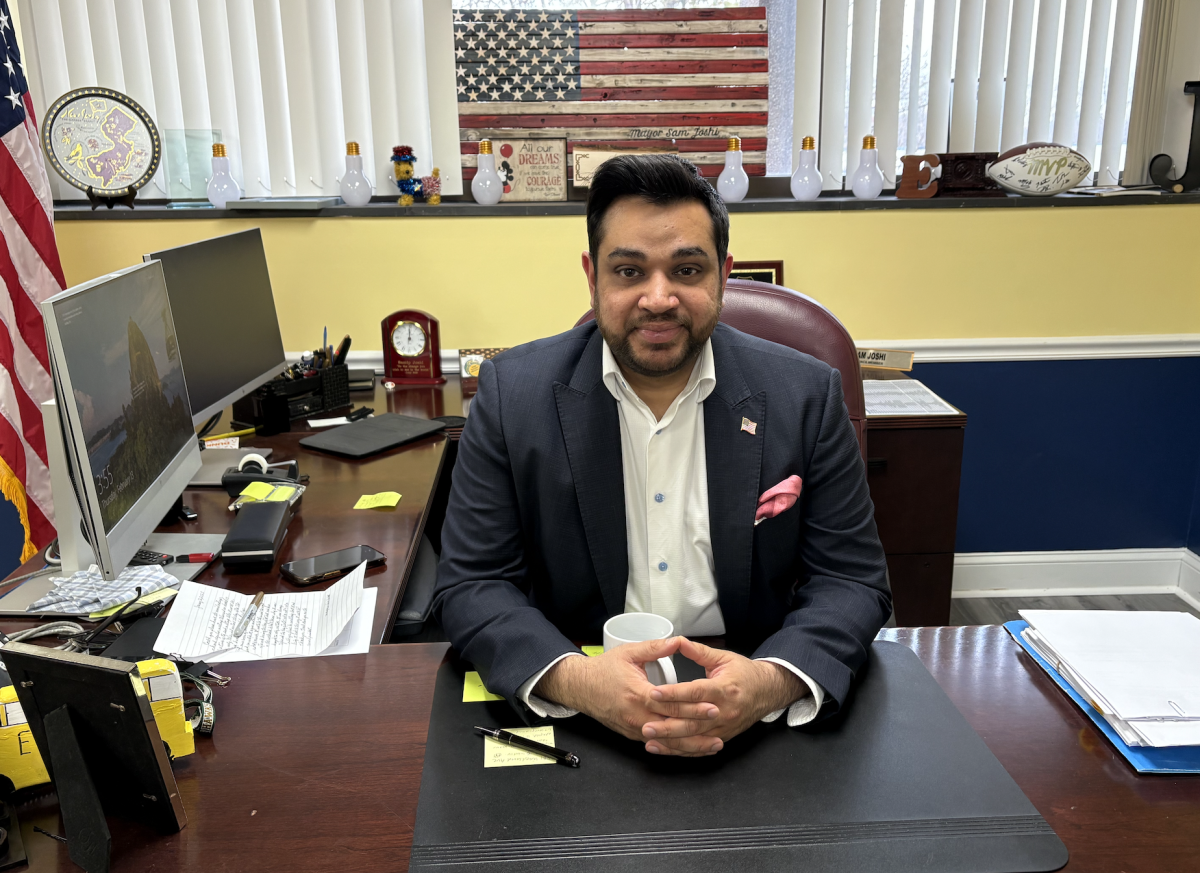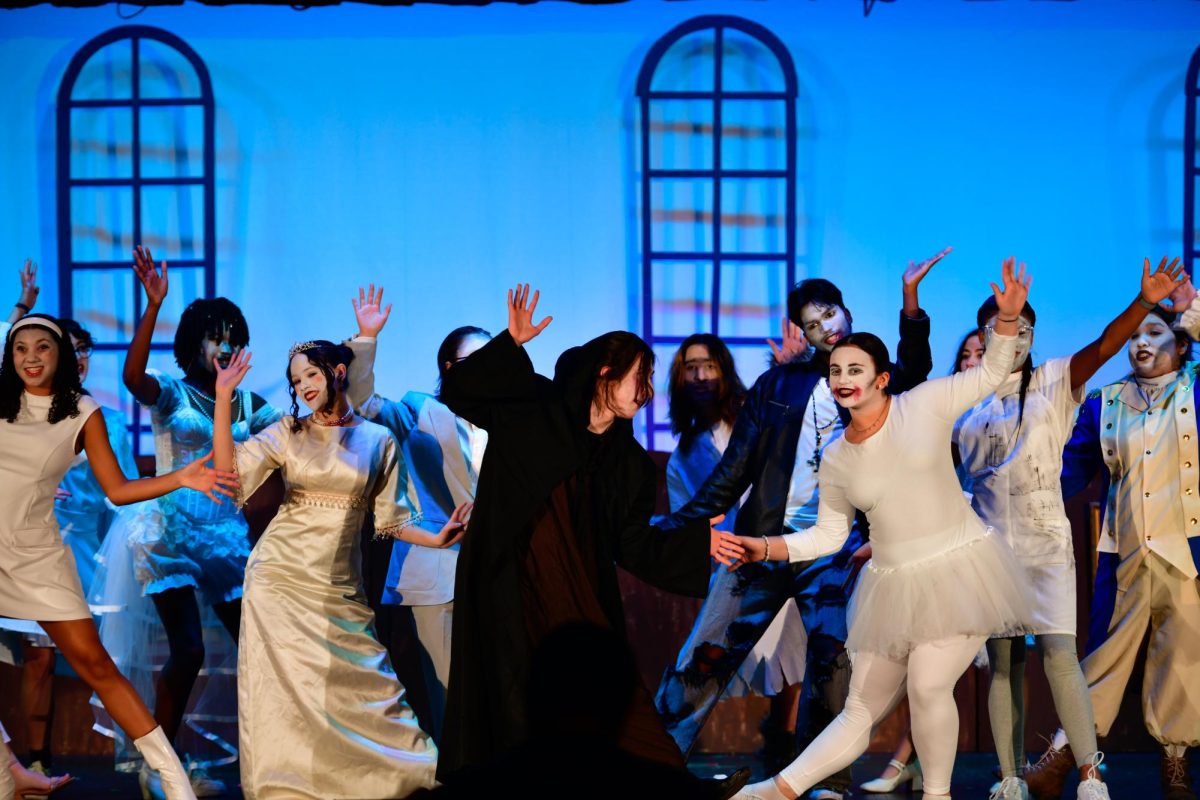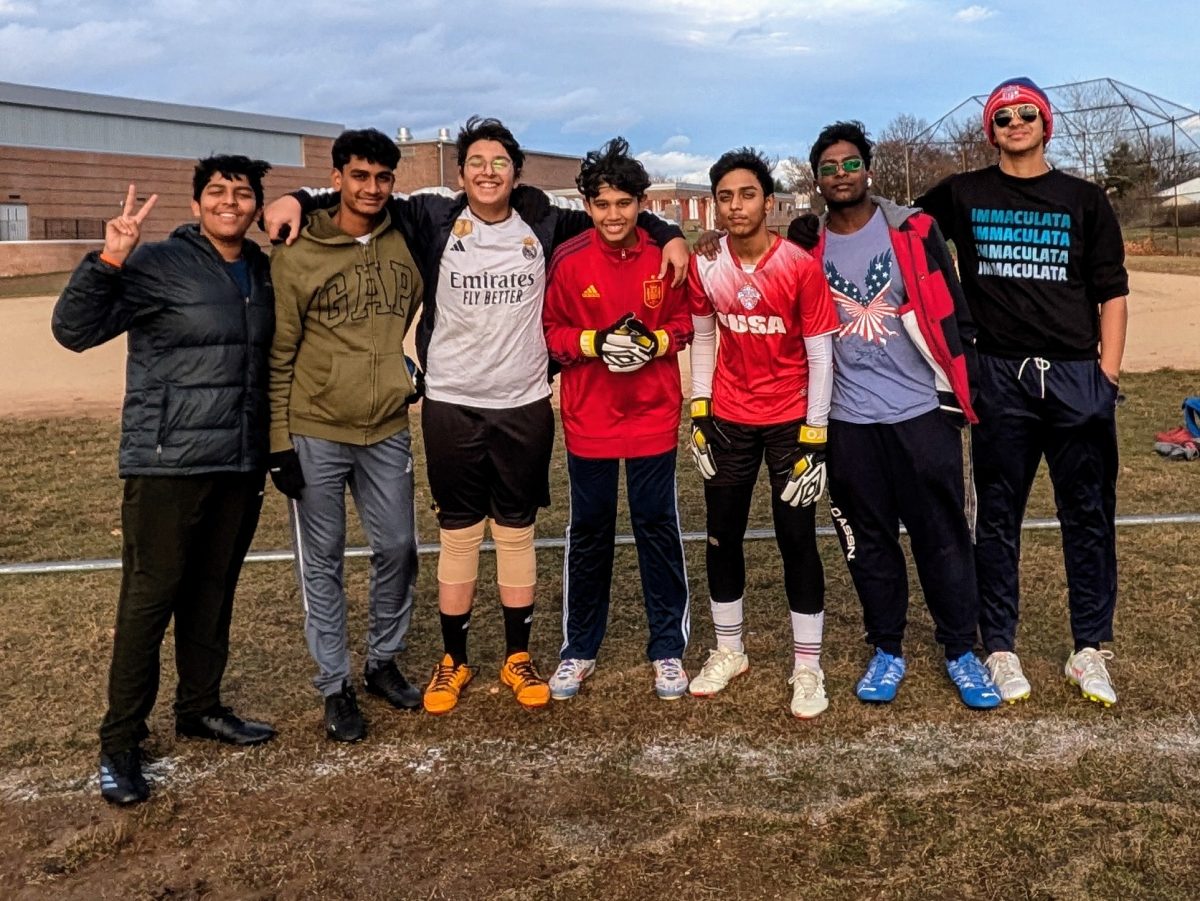In schools across the country, students and teachers feel changes in energy levels throughout the day. As a result, some class periods are more productive than others. Many factors influence changing energy levels, including quality of sleep, timing of meals, and just plain routine fatigue. Understanding these patterns can help students and educators optimize their schedules for better learning.
Students expressed a variety of ideal times for information absorption and optimal performance in class.
“Period two in the morning, especially after gym period one, makes my mind refreshed and therefore more focused,” said Sylvia Wu ‘25.
For Wu, 8:30 is the most alert time to focus on academic work. Other students need a few periods to brush off the drowsiness of waking up and get accustomed to the demanding school environment. This makes mornings the hardest time of the day for many students to focus on memory-based subjects like history and science.
“I feel the most focused when I’m not sleepy or hungry, so the best time for me is around periods seven and eight,” said Chetan Chintalapudi ‘28.
For many students, different lunch times also play a role in their fluctuating energy. For example, fourth-period lunch can give students enough time after lunch to not feel post-lunch drowsiness but makes getting to period twelve a bit of a struggle.
US History teacher Ms. Dawn Penny shared a different perspective regarding her energy throughout the day.
“Right around 2:00 PM, I seem to hit a wall and need an energy boost—candy or caffeine,” said Penny.
Penny typically feels most energized in the morning, a common experience for many teachers. However, she notices that her students do not always reflect this energy. This year, with no classes at the end of the day, she finds that her students are most engaged during periods 9 and 10. Contrarily, teachers often feel a boost in the morning after waking up early, while students tend to have more energy after lunch. This difference in energy levels can be an opportunity for teachers to explore new ways to engage classes collectively throughout the day.
When analyzing these discrepancies in energy, it is also important to consider the variety in circadian rhythms for teens versus adults. Teens naturally have a delayed circadian rhythm compared to adults, meaning they will stay up late and sleep late. This is due to hormonal changes during puberty, particularly the release of melatonin, which causes a feeling of sleepiness. As the body’s internal clock in teens changes, there is a later release of melatonin, causing them to be more active late at night compared to early in the morning. Adults, on the other hand, have an earlier circadian rhythm and start to feel tired earlier in the evening, thus causing this difference in energy levels—not to mention the need to reconcile these two inclinations in the classroom.
Finally, it is important to note that teens have different nutritional needs than adults due to their growth and development during this time. Teens require more calories, protein, and specific nutrients like calcium or zinc. A lack of these nutrients could lead to reduced energy levels, performance, and mood changes. This makes it crucial to fulfill nutritional needs throughout the day to limit the discrepancies in energy levels and productivity between students and teachers.
Categories:
Productivity on the Clock
The Highs and Lows of the School Day
MADHUHASINI VENKATEESWAR ’28, Staff Writer
April 25, 2025
With varying times of productivity throughout the day, how does it affect each person and their ability to get things done?
Donate to The Eagle's Eye
$0
$500
Contributed
Our Goal
Your donation will support the student journalists of Edison High School. Your contribution will allow us to purchase equipment and cover our annual website hosting costs.
About the Contributor

PRISCILLA GO ’26, Staff Writer
Priscilla Go is currently a senior staff writer and illustrator for the “Eagle’s Eye” for about three years. Outside of the “Eagle’s Eye,” she is a section leader for the marching band and indoor percussion, and a participant in Battle of the Books. During her free time, she enjoys playing the piano and guitar, singing, listening to new songs, reading, and hanging out with her friends.

